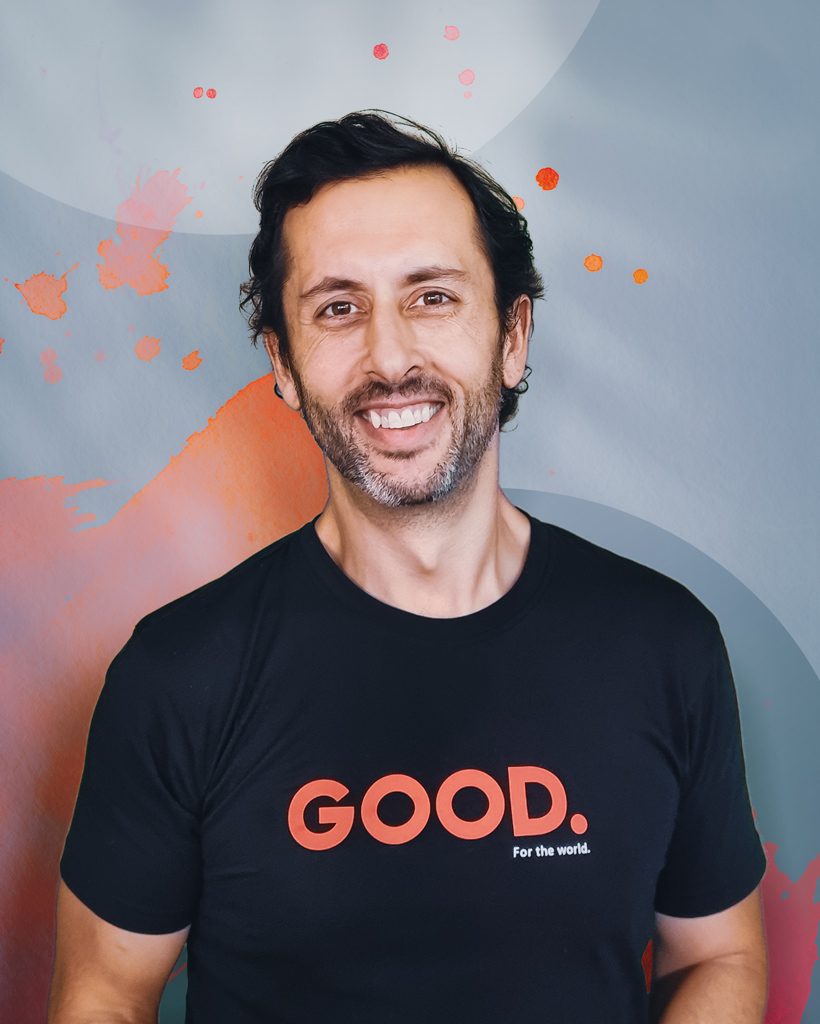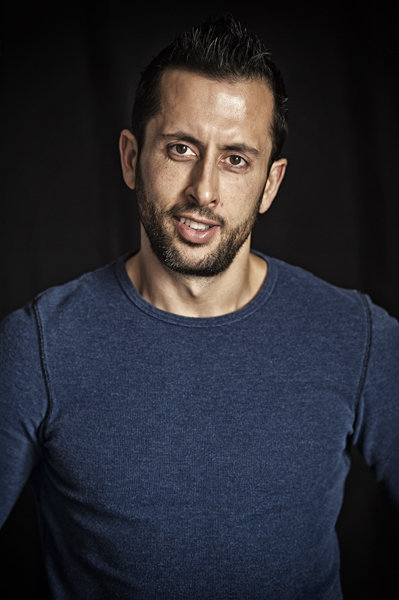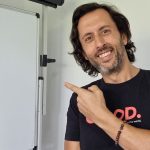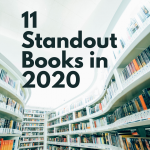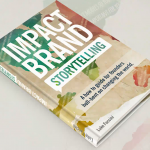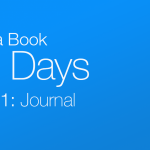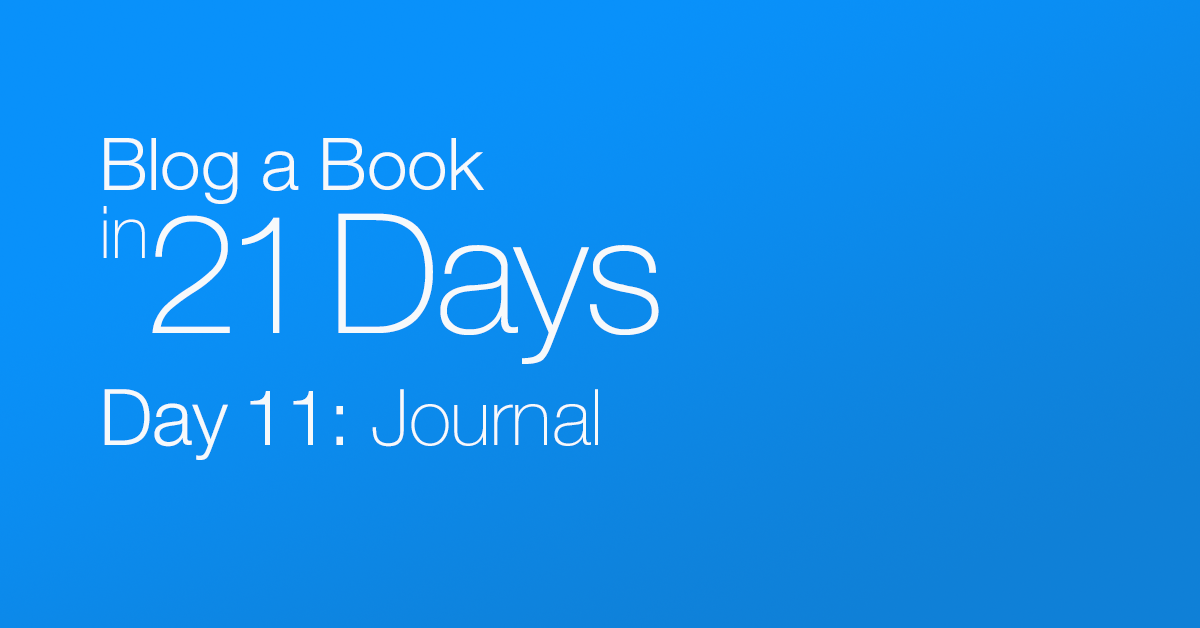
Day 11 of 21 Day Book Blogging – Impact Model. Be the Change
Impact Model. Be the Change
“When you incorporate giving into your business, your customers become your marketers. We spend very little money on advertising and marketing.” ~ Blake Mycoskie – Founder Toms shoes
Toms designs and sells shoes, eyewear, coffee, apparel, and handbags. When Toms sells a pair of shoes, an impoverished child gets a new pair of shoes. When they sell eyewear, part of the profits go to save or restore eyesight for people in developing countries.
Between 2006-2015, Toms gave away more than 35 million pairs of shoes. And in 2015, the brand was valued at $625m. With Zero ad spend.
Their impact model is “one for one”. This is one way of creating impact. We will explore more options, but first let’s look at why it’s becoming smart business to be your good self at work.
Timothy O’Brien from Hatched is a leader in impact model and measurement. He introduces the concept of emerging risk management.
It means factoring potentially disruptive issues for businesses such as:
- hiring the right talent
- getting access to top talent
- getting access to capital
- having loyal customers.
An impact model can help businesses address each of these.
Your employees will feel proud of the business they work for and share the story of the impact they are contributing to. And they will stick around because of that.
You will attract first class talent because they are seeking roles with meaning. See the earlier section on the Millennial Concept.
Investors are increasingly looking for businesses that are doing good. There’s a name for it – Impact Investing – and it’s growing fast.
The Global Impact Investing Network recently estimated that there are $228 billion invested in impact, double the prior year estimate.
Of course your customers will love you! You are giving them great products or services and a way to do good in the world at no extra cost.
58% of consumers revealed that buying ethically produced products makes them feel good
And they will tell your story for you!
34% of consumers tell others when they believe a brand to be making ethical actions or actions that are honest and fair
Two Ways To Create Impact
First, what is an Impact Model exactly?
Succinctly put, it is the way your business intentionally brings your purpose to life to create impact. It’s the fusion of purpose and business model to create impact.
There are two main ways a profit generating organisation can do that.
1. Profit (Giving): Funds generated by an organisation get distributed to impact partners.
This would be a determined % of profits. It means you can maximise your impact through strategic partnerships with established organisations. These organisations have done the hard work to develop processes and infrastructure to reach those most in need.
2. Process (Inbuilt): Impact created directly through the day to day operations of the organisation.
This could be through the delivery of the work itself, or the end product or service.
Your impact model should have alignment between your product and purpose. It doesn’t make sense if you’re a toilet paper company and your purpose is around ethical technology.
This happens all too often. Along with thinking of impact as a marketing tactic.
Impact should bolted in, not bolted on. ~ Timothy O’Brien, Hatched
Impact Models in Action
See if you can work out the impact model for these three
Grameen Bank
Founded by Mohummad Yunus, a banker, economist, and civil society leader. Through its founding, Yunus pioneered the concepts of microcredit and microfinance.
These loans go to entrepreneurs too poor to qualify for traditional bank loans. In 2006, Yunus and the Grameen Bank were jointly awarded the Nobel Peace Prize. Awarded for their efforts through microcredit to create economic and social development.
As of December, 2017, it had 8.93 million borrowers, 97 percent of whom are women. With 2,568 branches, GB provides services in 81,400 villages, covering more than 97 percent of the total villages in Bangladesh.
Greyston Bakery
Founded in Riverdale, New York, by Bernie Glassman, a Zen Buddhist. Although it is a for-profit company, its profits go to its non-profit parent organization, the Greyston Foundation. It uses these funds for low-income housing, day care open to the community, a medical center for those with AIDS, and other community endeavors.
The company aims to hire the hard-to-employ and is known for its “open hiring” practices, where anyone can sign up regardless of background.
The bakery was founded in 1982. Later that decade, Ben & Jerry’s agreed to purchase Greyston Bakery brownies for chocolate fudge brownie ice cream.
Who Gives A Crap
Sells beautiful, forest friendly home products, including toilet paper, paper towels and tissues. They make all their products with sustainable materials. Primarily 100% post-consumer recycled paper, bamboo and sugarcane.
Love this from their website:
We’re determined to prove that toilet paper is about more than just wiping bums. We make all of our products with environmentally friendly materials, and we donate 50% of our profits to help build toilets for those in need. To date we’ve donated over $1.2 million dollars to charity and saved a heck of a lot of trees, water and energy. Not bad for a toilet paper company, eh?
Getting Your Impact Model Right
As you consider your impact model, think about the following:
The problem you seek to solve should have a clear connection to what you do as a business. Like saving trees (paper) and building toilets for Who Gives A Crap. Otherwise it’s still a good thing to do, but not strong enough to build your brand story around.
Authenticity and alignment is paramount. Without complete alignment, you risk earning the label of Causewasher or Greenwasher. These are damaging for your brand. Check all aspects of your business and supply chain to ensure nothing is contradicting.
You don’t have to have a world changing impact model to get started. Just get started. Commit a portion of profits to something that makes sense for your brand. Partner with an organisation already doing the work to create the impact you seek.
We will discuss impact brand storytelling to engage your team, customers and all your stakeholders later.
Resources:
———-
End session – Day 11 of 21. 1011 words this one. All the grind work from yesterday has paid off. Caught up and hit the target
Follow my journey as I write this book in 21 days.
Share your comments and thoughts with me.
Warmly, Luke

